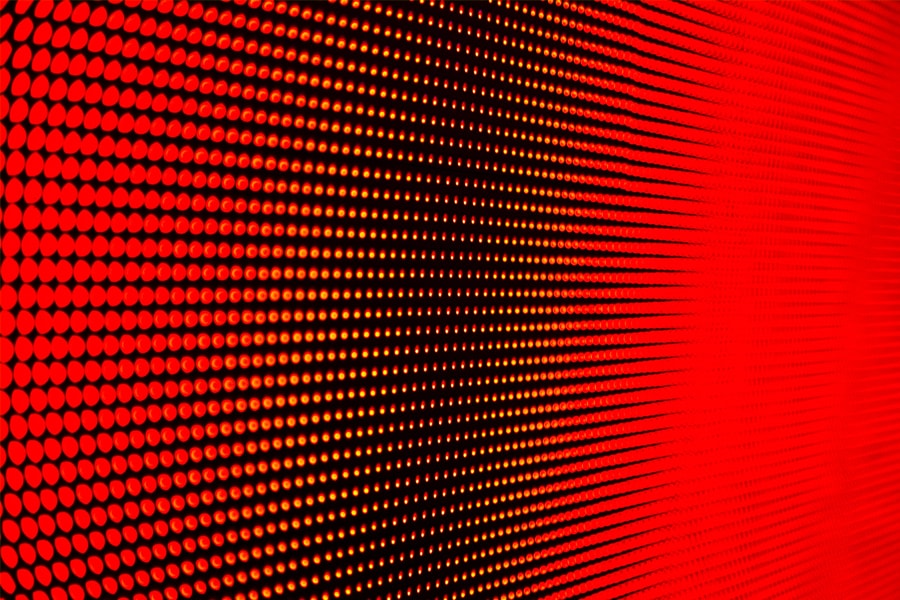
Organizing Quantum Dots May Improve Consumer Electronics
Carnegie Mellon University Materials Science and Engineering Professor Michael Bockstaller and his team are working on ways for quantum dots, or nanoparticles created from a specific semiconductor, to self-assemble into organized patterns. The research may help improve the quality of image displays for electronic devices like televisions. He and colleagues at the University of Houston recently received a Department of Energy Basic Energy Sciences three-year, $1.1 million grant to advance the work.
When the dots are surrounded by particles of the same color, it minimizes heat absorption and increases efficiency. The team has already proved that they are able to control these nanoparticles by attaching a polymer chain to them. Now, they plan to study exactly what about the polymer causes the particles to move.
"If you take a set of marbles that have different colors and mix them together, they will randomly mix. There is nothing going on that will tell white marbles to go on one side and black marbles to go the other side," Bockstaller said. "Similarly, the nanoparticles don't have any driving force to separate themselves in two. We proved that polymer chains attached to the surface of these nanoparticles can drive this separation and self-assembly process."
For their method to work for commercial applications, they need to use the least amount of polymer to drive nanoparticle movement. This means they need to understand the conditions under which polymers interact strongly with each other and what conditions favor or disfavor interactions. The grant will enable them to study these questions by providing resources, including access to national laboratories with neutron scattering capabilities.
"To really learn about what goes on with the polymer chains, we need to make these particles invisible in some magic way," Bockstaller said. "It turns out that in neutrons, this magic does exist. Neutrons don't bounce off of electrons in atoms; they bounce off the nucleus. So you can create situations where even though there are many particles next to the polymer chains, only the polymer chains will deflect neutrons."
The applications for understanding these conditions and principles are numerous, with uses in lighting, display and optics technologies. Unlike other approaches, their method is reversible, meaning that if they produce the wrong configuration of dots, they can reverse the process and try again, saving time and material. This work further develops research that originally began with a seed grant from CMU's Wilton E. Scott Institute for Energy Innovation.
"We are conducting fundamental research to test hypotheses that hopefully advance the physical understanding of how nanomaterials interact," Bockstaller said. "But there's motivation to help further develop devices that currently are being limited by physical barriers."